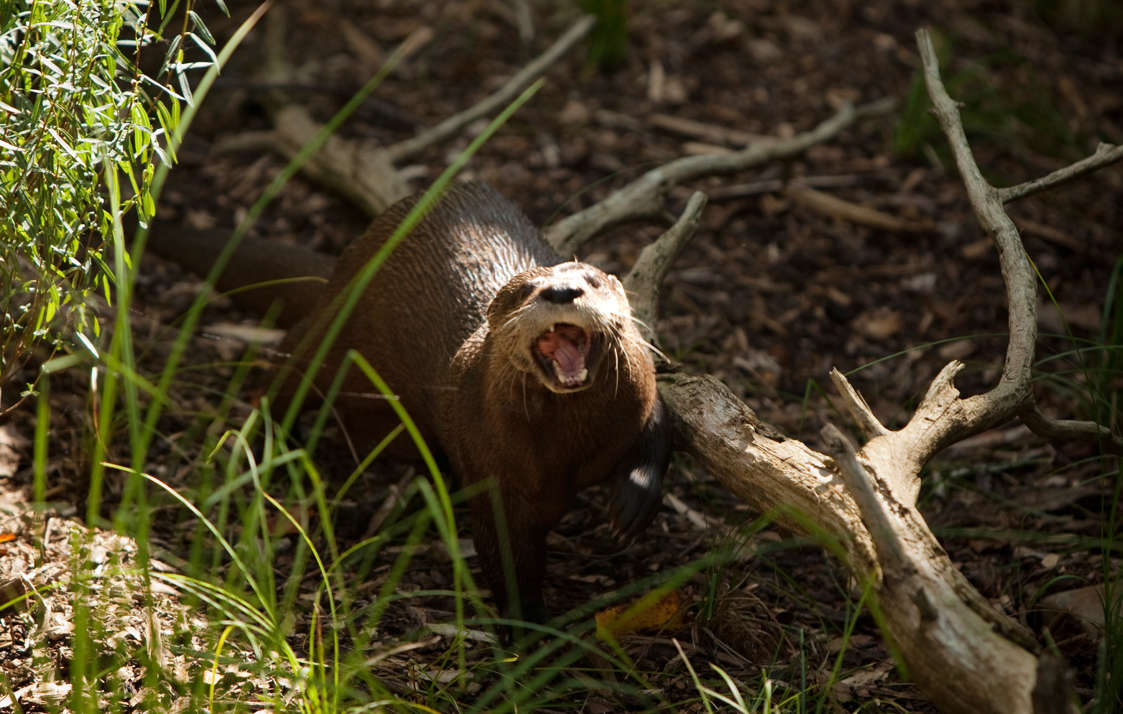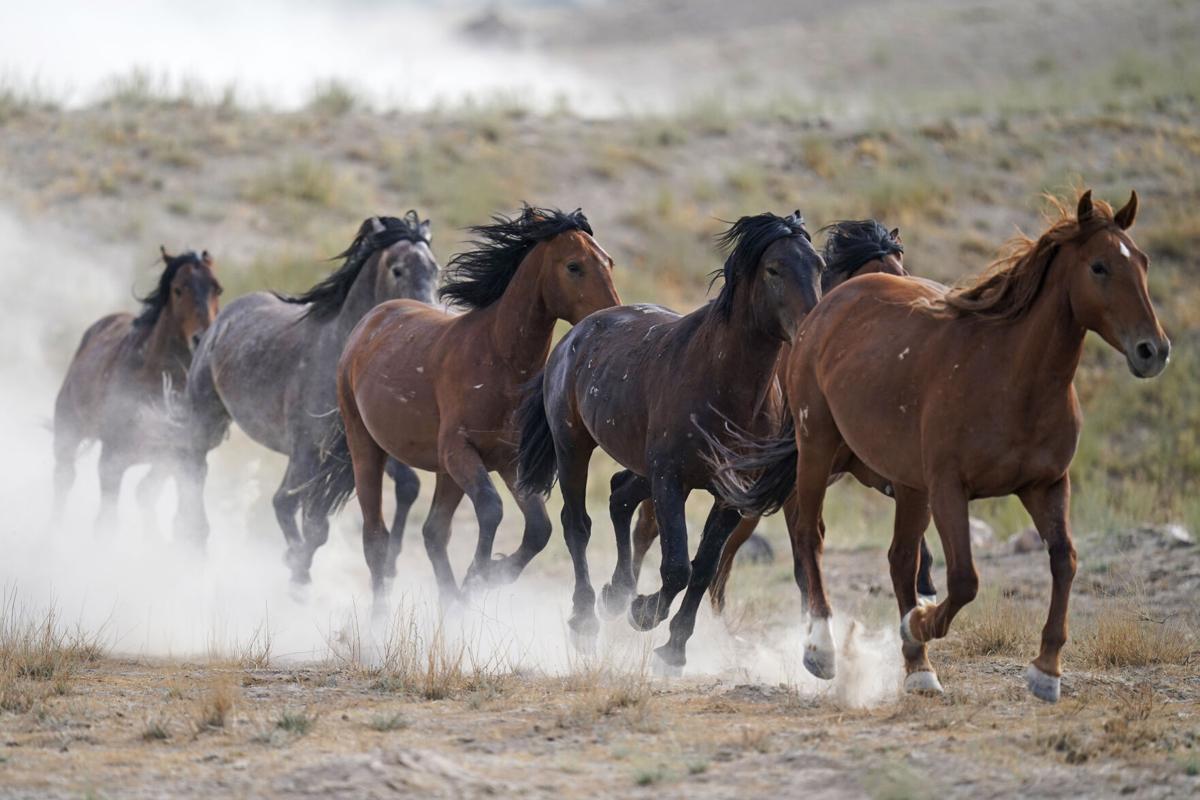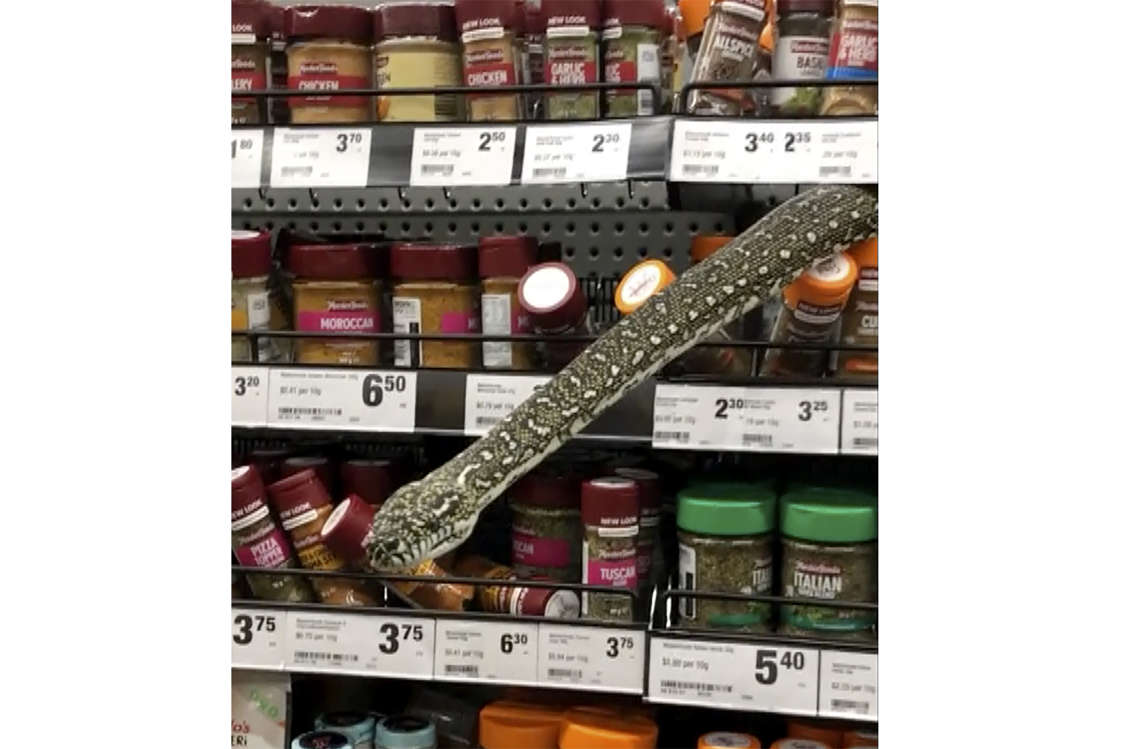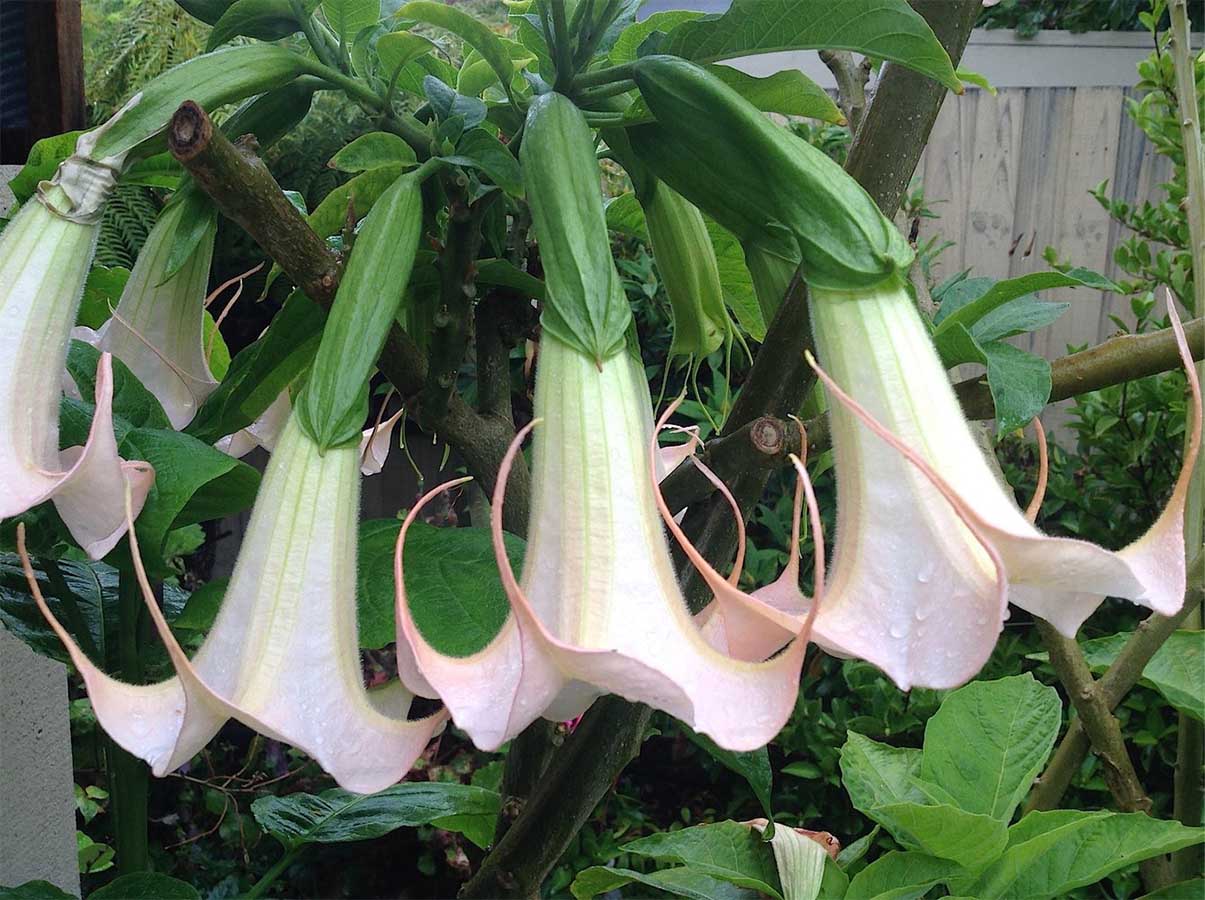273 Million-Year-Old “Live” Fossil Discovered in Pacific Ocean
Paleontologists have rediscovered a symbiotic relationship between two deep-sea animals that were previously thought to have disappeared from fossil records hundreds of millions of years ago.
The ancient pair identified in a new report — published in the journal Palaeogeography, Palaeoclimatology, Palaeoecology — are two types of non-skeletal coral and crinoid, or sea lilies, an animal whose cousins in the phylum Echinodermata include starfish and sea urchins.
A joint team of researchers from Poland and Japan unearthed these specimens from the Pacific Ocean floor, off the coasts of Honshu and Shikoku. While similar corals and crinoids have existed throughout fossil record, their symbiotic link was presumed lost after the Paleozoic era.
Their entanglement involves coral attaching itself to the stalk-like body of the crinoid, just below their feeding-fan appendage. It makes a good place for coral to thrive and grow so that they may eventually reach further depths. Once abundantly found on the prehistoric seabed, the two particular species of coral and crinoid in question eventually went extinct. Separately, other versions of the two animals carried on, and scientists assumed the two had broken things off for food since those particular species had died out.
But at depths of 330 feet, scientists recently found two known types of coral, a rare type of hexacoral and the Metridioidea sea anemone, hugging the stem of a Japanese sea lily — suggesting their relationship had, in fact, outlasted the last few millions of years.
It’s unclear what the crinoids derive from this symbiosis as corals mount up the sea column, but the couple has evidently evolved, according to researchers. In their first iteration, the crinoid’s skeletal structure had to adapt to the coral’s attachment. But the new-and-improved duo can settle in without the crinoid making any physiological sacrifices.

So, mazel tov to this devoted couple, and may we all find the crinoids to our corals.









Recent Comments